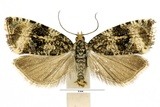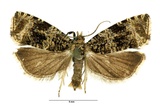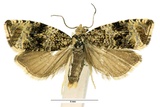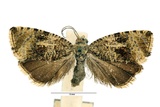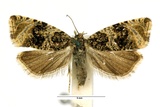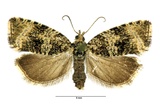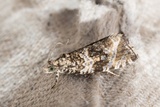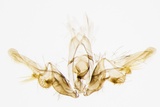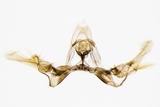Celypha lacunana (Denis & Schiffermüller, 1775) Species
Last modified: Jan. 17, 2024, 3:23 p.m.
A very common species throughout Belgium, sometimes abundant. One of the most common species of Tortricidae in our country that occurs in very diverse biotopes.
Details
- Classification
- Family: Tortricidae > Subfamily: Olethreutinae > Tribus: Olethreutini > Genus: Celypha > Species: Celypha lacunana
- Vernacular names
- Brandnetelbladroller (NL), Common Marble (EN), Tordeuse du fraisier (FR), Dunkler Brennnessel-Wickler (DE)
- First mention in Belgium
- De Fré Ch. 1858. Catalogue des Microlépidoptères de la Belgique. — Annales de la Société entomologique belge 2: 45–162. On page 76.
- Status
-
Native
Distribution
Bionomics
The young larva hibernates. It feeds in spun leaves, shoots or flowers and pupates in a cocoon amongst leaf-litter.
it can often be disturbed during the day from vegetation. The adults are active at dusk and later come to light.
Flight periods
The adults fly in two, sometimes three generations a year and have been observed from mid-April till the end of October, occasionally later. Most observations during June and August.
Observed on
- Substrates:
- Herbaceous plants
An extremely polyphagous species. It feeds on most species of herbaceous plants, even on trees or shrubs.
Habitat
It occurs in very divers biotopes.
